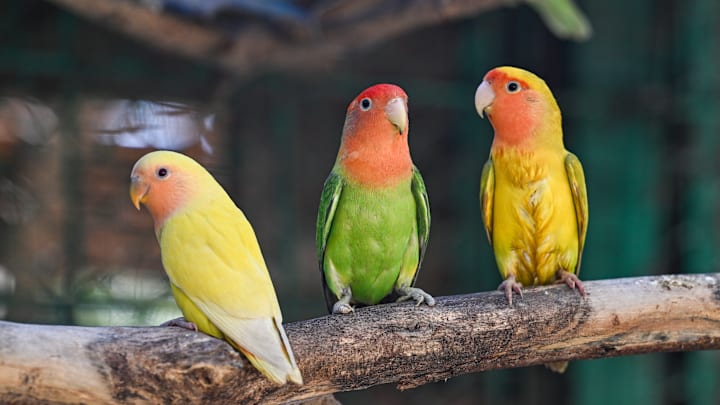Pigment
Birds receive their colors thanks to the pigments in their genetic makeup. All living creatures owe their coloring to pigmentation within their DNA. Even humanity owes our hair and skin color to this biological truth. Depending on the level and variety of pigments within the genetics, birds can have all kinds of colors, patterns, and combinations that set them apart, even within their breed.
Melanin

Melanin, in higher quantities, creates darker colors. Bird feathers can have differing colorful outcomes depending on where in the body this pigmentation congregates the most. Birds with high levels of melanin in their DNA will also have more intricate patterns within their feathers. Good examples of these would be barn swallows, red-tailed hawks, snow geese, swallow-tailed kites, and crows.
Aside from just color, birds with high melanin levels also have stronger feathers than those with lower levels. Depending on where the melanin gathers in the body, the feathers will have better durability. This allows for birds to have better resistance to the rigors of flight and outdoor conditions without their plumage being as likely to fall out.
Carotenoids

Carotenoids are a type of pigment that are responsible for brighter hues of colors. In birds, they tend to manifest as red, yellow, and orange. The difference between carotenoids and melanin is that the former is obtained rather than ingrained through DNA. When birds eat a type of plant or another animal that has eaten from a plant containing carotenoids, they receive the pigment. This, in turn, can influence the color of a bird's feathers.
Birds that are more likely to have a high count of carotenoids are spoonbills, flamingos, and house finches. Since these types of birds have a diet that consists of crustaceans, algae, and small insects, they have a high count of carotenoids that influence the color of their plumage.
Porphyrins

This type of pigment is not as common in birds like the previous two pigmentations. Porphyrins work by modifying the amino acids in a bird's body. They produce a range of colors, including red, brown, pink, and green. Birds that have this pigment tend to be owls, turacos, pigeons, and grouse.
Abnormal Coloring

Abnormalities in a bird's coloring are caused by two predominant reasons. The first and most common cause is that a bird has a low (or too high) level of melanin in its DNA. This, in turn, causes the bird's feather color to differ, usually presenting as white. When this occurs, it does not usually cover the bird's entire body white but rather only bits and pieces. It is called Leucism or partial Albinism.
This is not common, but it happens often enough to be documented fairly regularly. Birds that can be affected by abnormal coloring are robins, pigeons, red-winged blackbirds, turkey vultures, and great thrushes.
